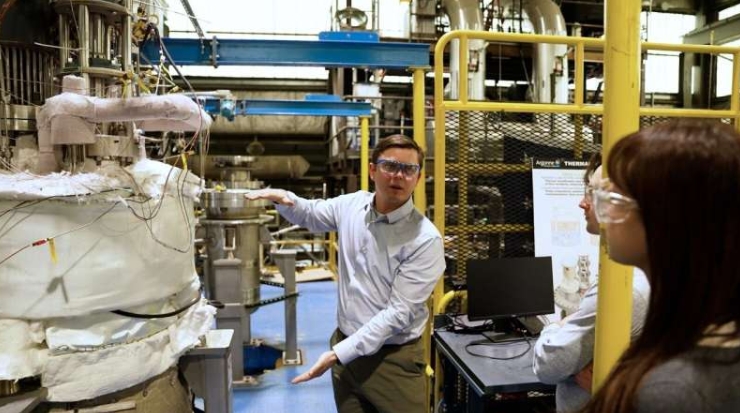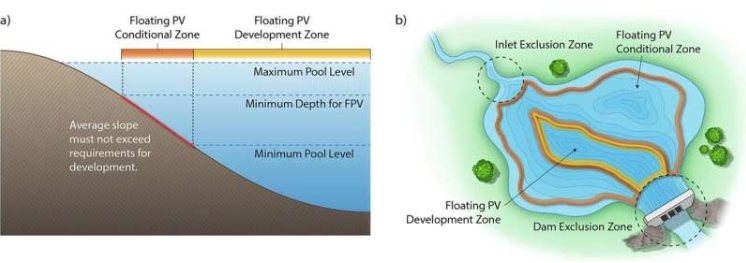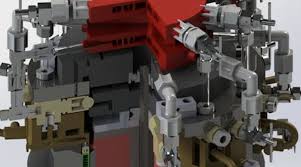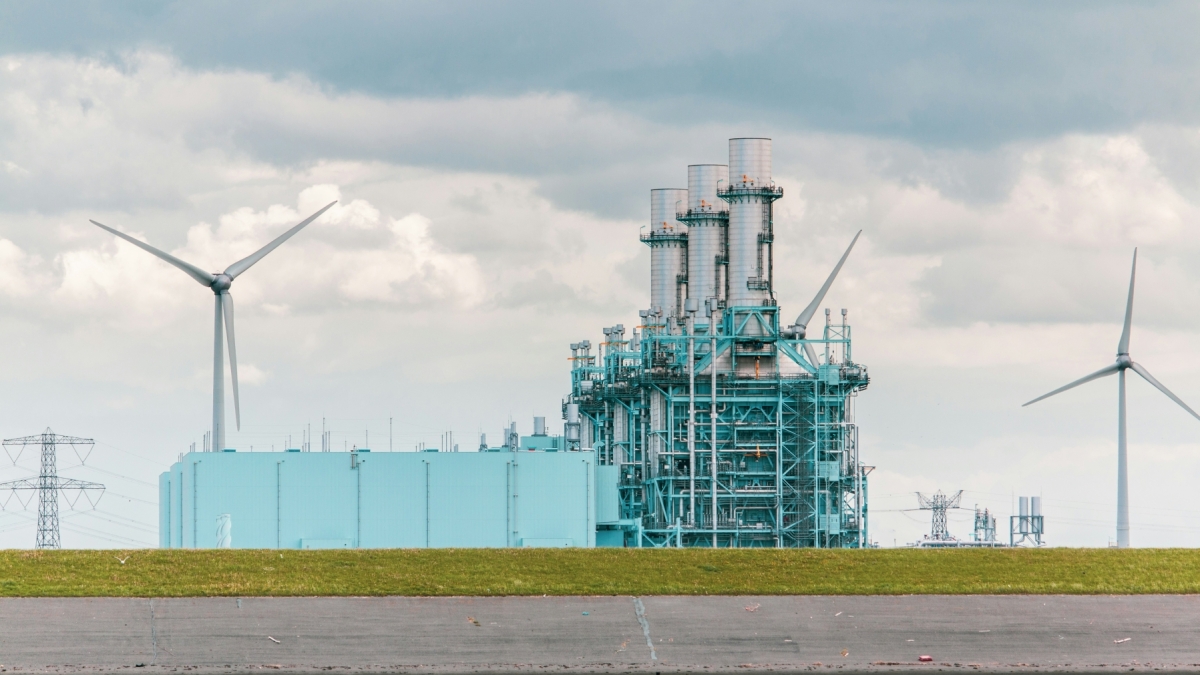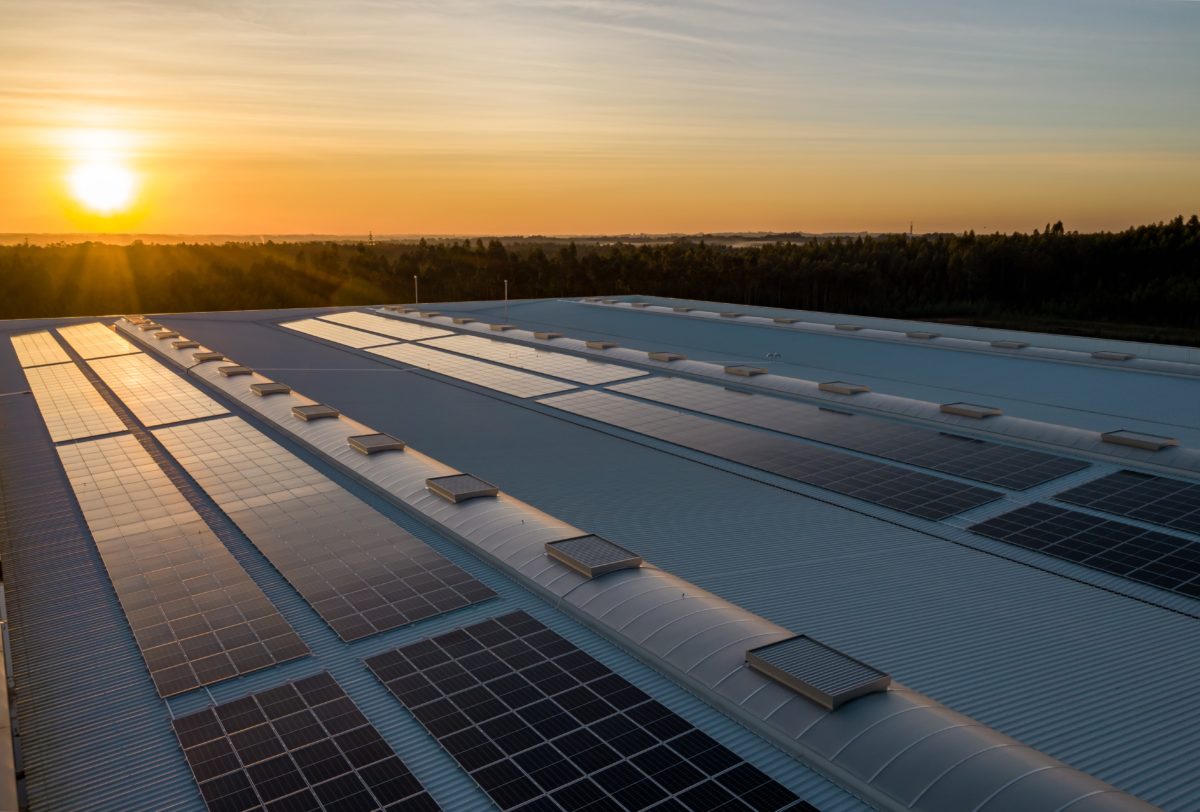Sleman Saliba, Global Product Manager, Energy Management, and Stein Trostheim, Global Product Manager for Oil & Gas at ABB Energy Industries, discuss how operators can transition to new energy models.
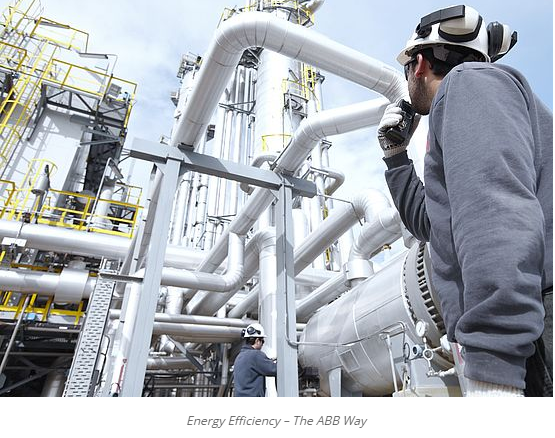
ACCORDING TO THE INTERNATIONAL ENERGY AGENCY (IAE) ENERGY EFFICIENCY COULD PROVIDE MORE THAN 40 PER CENT OF THE EMISSIONS ABATEMENT REQUIRED BY 2040 TO BE IN LINE WITH THE PARIS AGREEMENT.[I] WITH RECOGNITION GROWING, THERE IS A CLEAR MESSAGE THAT INDUSTRY NEEDS TO MASSIVELY SCALE UP ENERGY EFFICIENCY
Sleman Saliba, Global Product Manager, Energy Management, and Stein Trostheim, Global Product Manager for Oil & Gas at ABB Energy Industries, discuss how operators can transition to new energy models and, with clear insights into energy consumption, drive sustainability, productivity and cost savings.
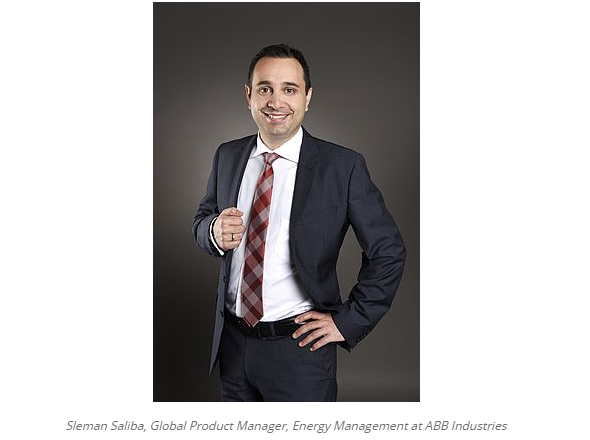

EEBI: WHAT DO YOU THINK ABOUT THE FACT THAT ALMOST HALF OF THE ENERGY IN EUROPE IS USED IN INDUSTRY? WHAT CHANGES ARE ABB MAKING TO COUNTERACT IT?
S. Saliba: Challenges in industries over the last few years have become a lot more complex. We have seen new technologies and new energy sources coming in over the years and changing the market. Across society and industry, electrical power demands continue to increase as industrial processes, data centers and the number of electric vehicles continue to grow. At the same time, the share of energy from renewable sources, such as wind and solar, is also growing. As a result, power supply markets are becoming more volatile and it will become more difficult for energy suppliers to manage and balance the grid. Digitalization makes it possible for data-savvy energy suppliers to establish a direct relationship with end consumers and for switched-on companies to find smarter ways to manage their energy resources.
S. Trostheim: The control philosophy needs to be changed in order to become more efficient and reliable to use energy in plants. At ABB, we offer our customers simulation. Operators can use our ABB Process Power Simulator to verify and validate new control strategies, equipment, procedures and sequences or to investigate optimization and energy savings opportunities. We can also provide innovative solutions for wind and solar automation designed to simplify fleet management and enable energy trading. This enables operators to remotely monitor and control an entire fleet of power generation facilities – solar, wind, hydro and conventional plants – from the same operator stations. The solutions also provide dynamic optimization in response to changing production forecasts, grid requirements and energy prices.
EEBI: WHAT IS ABB’S ROLE IN RESEARCH AND INNOVATION ACTIVITIES IN THIS SECTOR?
S. Saliba: ABB invests $1.5 billion in research and development every year. It owns seven research centers worldwide, in which more than 8,000 technologists work. When we talk about energy, ABB’s renewable portfolio solutions are developed by industry experts who have spent many years solving the complex energy challenges of renewables. They are tailor-made solutions for minimizing carbon footprint and electricity costs. These technology offerings are designed to help create a greener future without compromising on profits – ensuring reliable, high-quality and sustainable power to everyone.
EEBI: WHAT ABOUT THE IMPORTANCE OF COLLABORATION BETWEEN BIG INDUSTRIES OR COMMUNITIES? AND WHAT ABOUT ABB’S NEW PROJECTS?
S. Saliba: Big industries and communities face the same key challenges: Manage the growth while transitioning to a sustainable, reliable energy supply or production site with limited financial and spatial resources. Collaboration is key to success in a changing and often disruptive environment: In cities, public authorities can bring smart city solutions to businesses and citizens. In enterprises, many different levels are required to work together, and the operational technology and the information technology level will converge. Collaboratively defining a vision, strategy, and regulation will lead to a robust road map for real innovation and success.
There are some exciting projects going on globally. At our own site in Lüdenscheid in Germany, we now have a factory that produces purely using renewable energy. It’s the first powered emissions-free factory that we have in ABB. It was a one-year project that started last year on our own premises, since we plan to help our customers to power the plants; to power the earth. The cool thing about it is that you can only rely on the ABB system to do that. There was a solar power installed, and we had charging stations installed, with an excess energy storage system and an energy management system too. We noticed some changes. We had solar car parking and an energy management system that coordinates all the different assets. There was a very nice inauguration event, with videos online that show what we achieved. I think it proves that an industrial site can do something about green energy, and it can become a sustainable production.
S. Trostheim: Industry professionals are thinking about more sustainable production and how to cope with the changes they are seeing. For example, we are involved in this project for an oil platform, in which the goal is to reduce the carbon footprint - meaning, stopping some of their gas turbines when there is significant wind using green power instead to power the plant during these hours. There are other customers that are facing the same challenges of reducing carbon footprints that lead them to choose the best renewable sources on the net.
EEBI: WHAT DO YOU THINK ABOUT DIGITALIZATION IN THE ENERGY EFFICIENCY SECTOR?
S. Saliba: Rising energy costs, ever stricter regulatory requirements and changes resulting from the energy turnaround make business customers reliant on real-time management of their energy infrastructure. Digitalization is key to achieving this.
EEBI: CAN YOU SHARE AN EFFECTIVE APPROACH TO IDENTIFY ENERGY SAVING OPPORTUNITIES?
S. Saliba: For greenfield sites, energy efficiency starts with plant design. We always recommend starting with simulation, to see what can be achieved by delivering energy efficiency improvements in the facility. Next, we must do an analysis on where the energy is consumed and where it’s produced: that’s what we call energy monitoring. Then, you can try to manage your energy money factor, which means once you have created the visibility of what’s going on in your site, you want to automate the controls in order to optimize performance. The last step, now that you have the visibility of your energy consumption, is to determine where it comes from, at what time, and for what cause.
S. Trostheim: At brownfield sites, as well as greenfield sites, developing and implementing a robust digitalization strategy is critical.
In every plant or place that we are operating and on industry sites where electricity is required, what we do with the simulator is to light before they even start the plant and have all the right equipment. This saves capital industry costs. Also, you can investigate what might be the operational costs and the energy consumption. You can use the simulator extensively to perform these activities. Secondly, the digitalization of the system will provide more operational awareness: if you’re extending your energy, you may like to know: How are your motors performing? Do you need to replace them? Do you need to do relevant maintenance to avoid costs with interruptions? The process performance is also a key factor to optimise the production for both the quality and the produced product. There are a lot of possibilities to improve the process itself. For example, in an energy plant, if you can reduce the heat by one degree and still maintain the quality of your product, this can have a significant impact on the total energy consumption. There are many approaches, but it is difficult to bring up the information and make sure plant availability is there. In the end, if you need to buy energy, buy the cheapest possible or turn off some of your own power generation.
EEBI: IN YOUR OPINION, IS IT TIME TO TALK ABOUT ENERGY EFFICIENCY 4.0? IS THERE A RELATION WITH INDUSTRY 4.0?
S. Trostheim: The key element is to have a good knowledge of each plant, so the customers need to train their operators. Simulation is a key point in Industry 4.0. We are focusing on operator training and building knowledge and improving facilities using simulators.
ABB is working together with operators across the energy sector to drive operational energy efficiencies via process automation, asset management and digitalization solutions. By providing real-time visibility and insights into energy resource vs consumption vs demand, ABB enables its customers to optimize productivity and drive down OPEX, while minimizing downtime and helping customers meet environmental targets.
